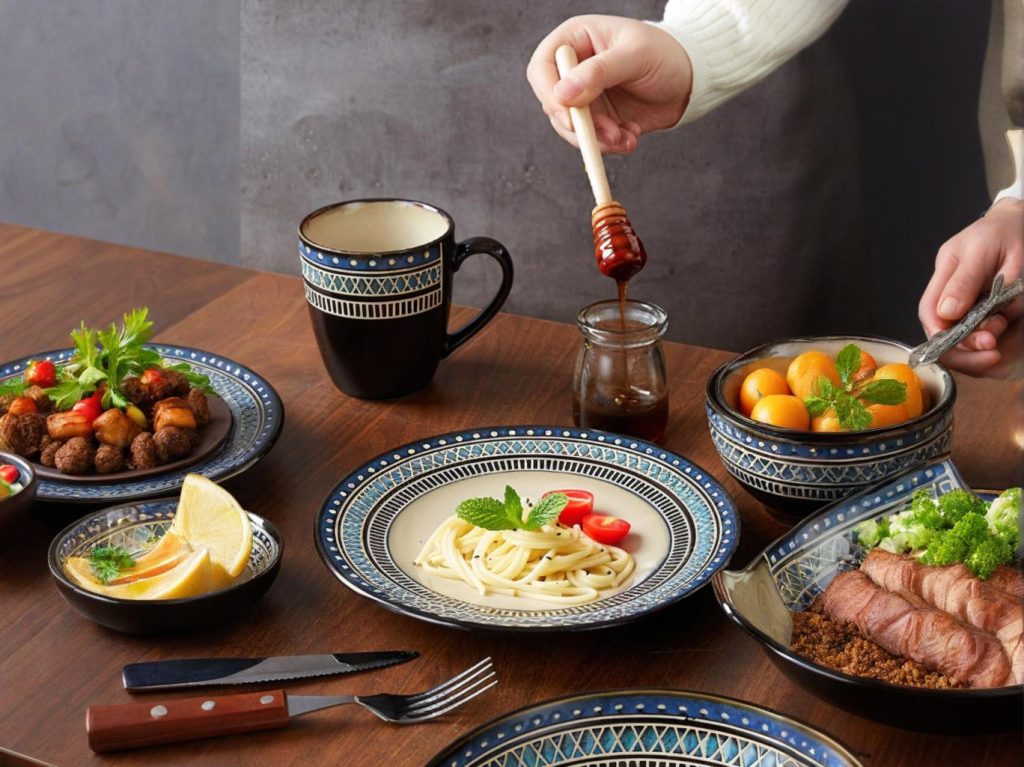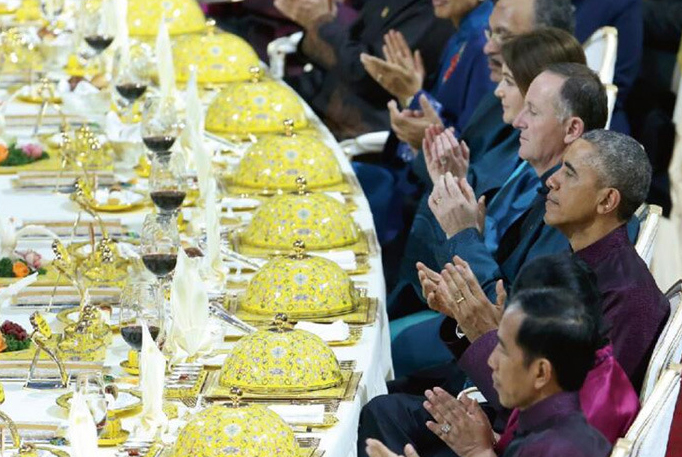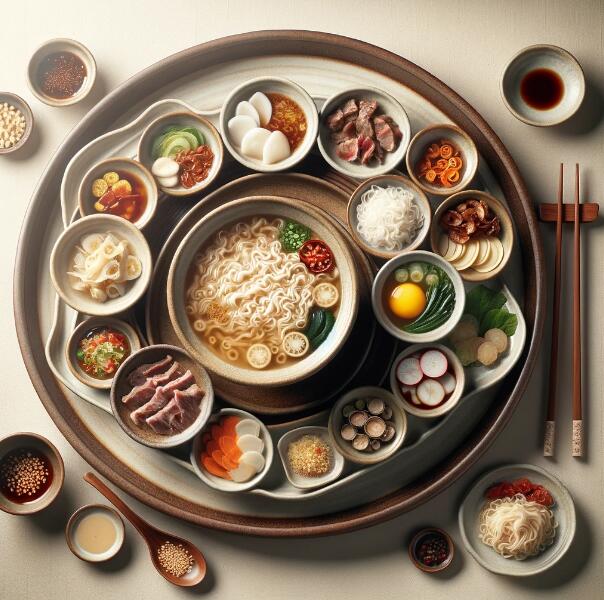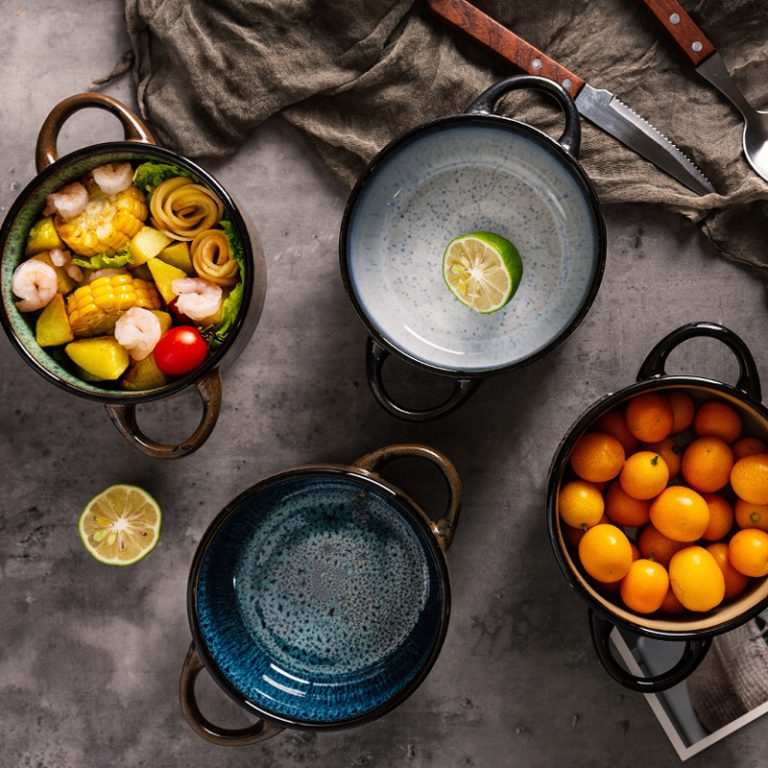Modern Restaurant Tableware Customization

Chinese Rustic Style Underglaze Ceramic Tableware Set Wholesale
Hand-painted underglaze colors, meticulously crafted stroke by stroke, bring the magnolia on the vessel closer to its natural, graceful beauty.
Modern Restaurant Tableware Brand Recommendation
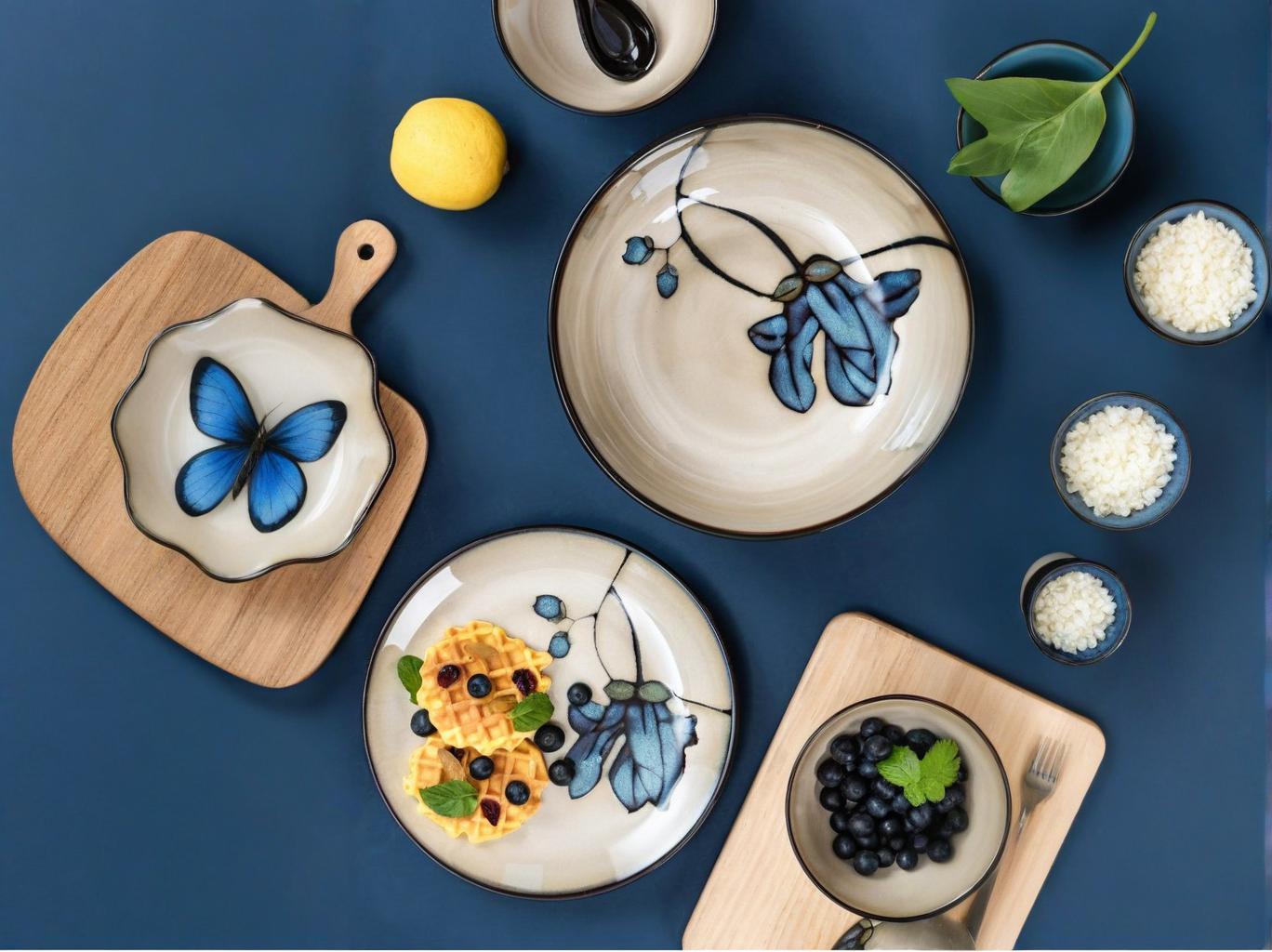
RAK Porcelain
UAE-based premium porcelain manufacturer known for innovative design and exceptional durability. Combines traditional craftsmanship with cutting-edge technology for hospitality industry.

Churchill China
British heritage brand established in 1795, specializing in sustainable professional tableware. Renowned for engineered strength, design excellence and 220+ years industry experience.
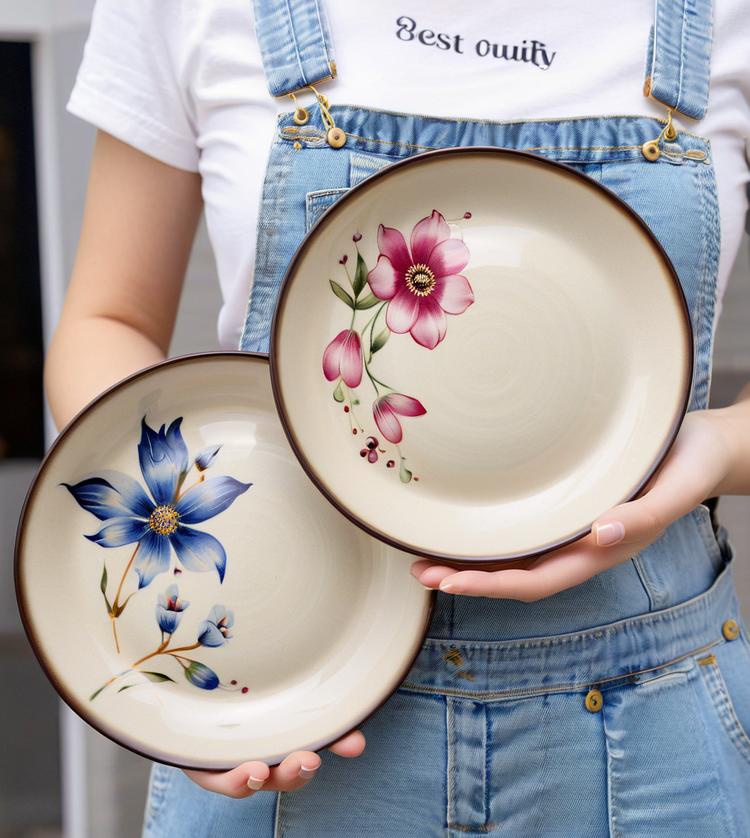
Steelite International
World-leading manufacturer of award-winning inspirational dinnerware and flatware solutions. Focuses on superior alumina vitrified ceramics for international hospitality markets.
Custom Modern Restaurant Tableware
Custom modern tableware crafted to elevate your restaurant’s style and dining experience.
Modern Restaurant Tableware Customization Process Flowchart

Honors and Awards


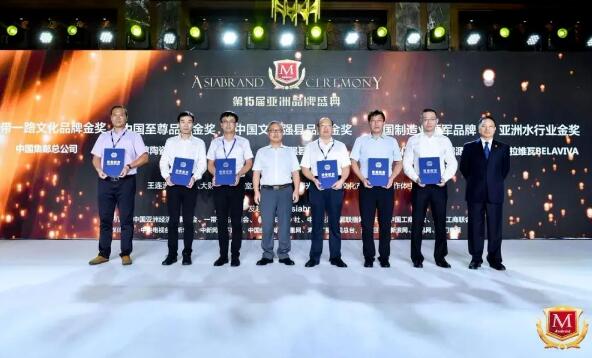
Welcome To Our Modern Restaurant Tableware Production Line Factory!
- Witness our advanced manufacturing processes firsthand
- Meet our skilled artisans and design team
- Experience the quality of our materials and craftsmanship
- Discuss customization possibilities for your specific requirements
- Explore potential partnership opportunities
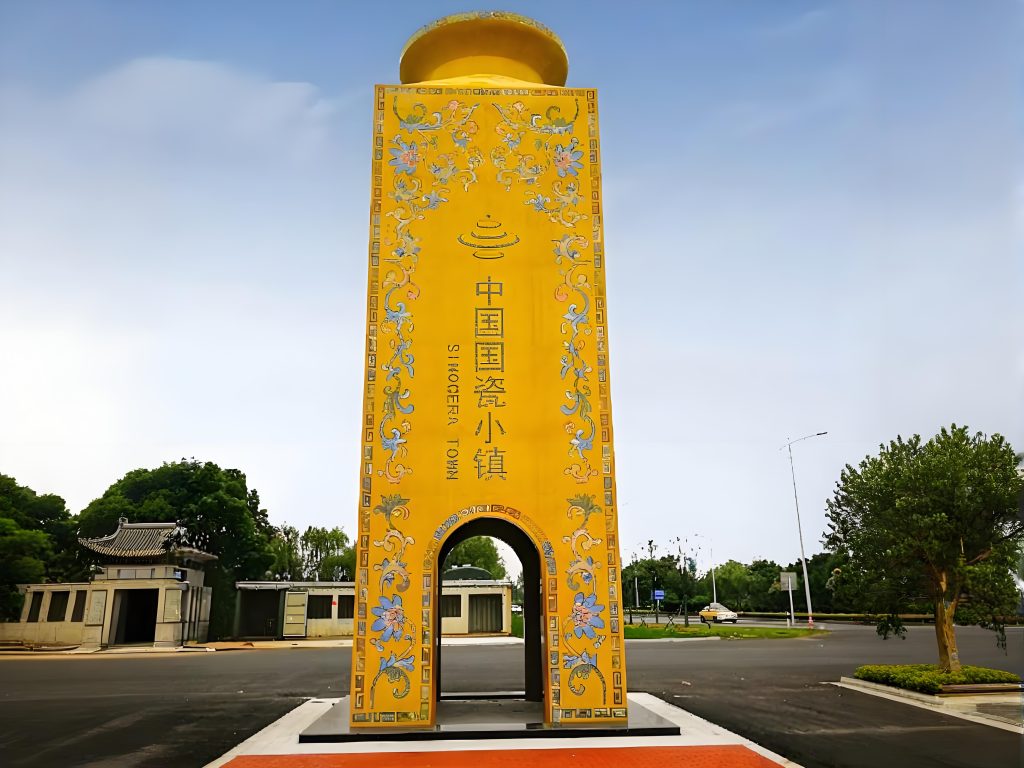
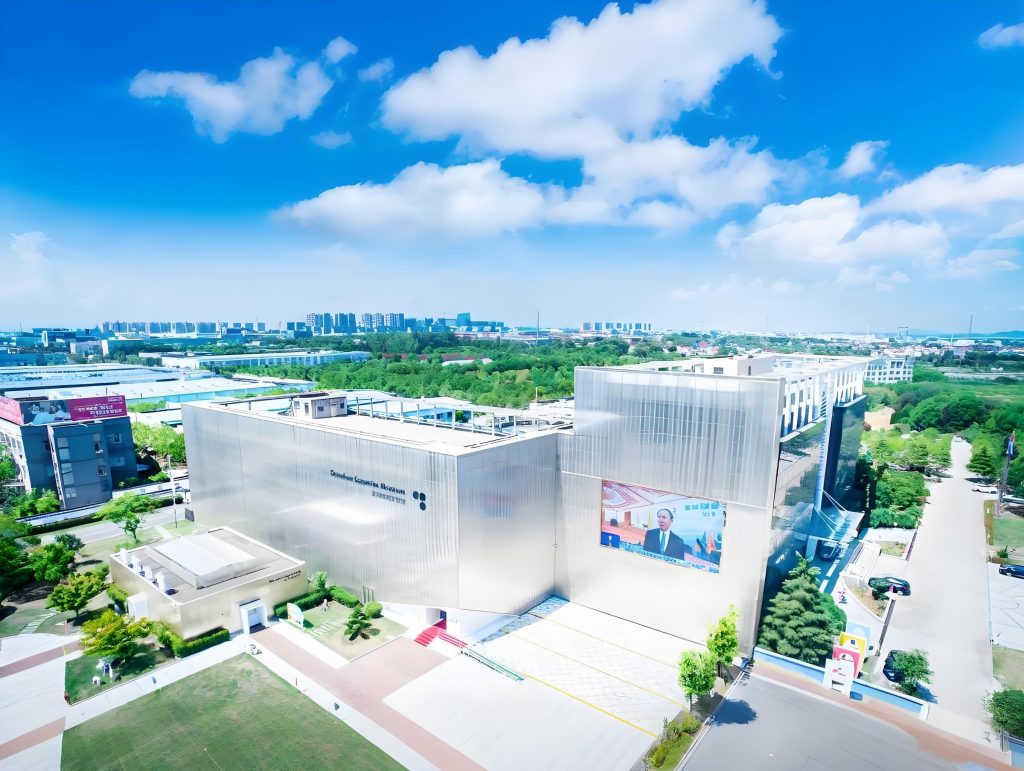
Related Resources
Frequently Asked Questions
Contact
Get in touch with GC Porcelain
We welcome any questions or comments you may have, so feel free to reach out to us using any of these methods.
Address
No. 008 Jing Shan Road, Gaochun Economic Development Zone, Gaochun District, Nanjing City, Jiangsu Province, China.
Email Us
Call Us
+8615751857906
Years of history
Pieces per year
Ship to Countries
Honors and awards


